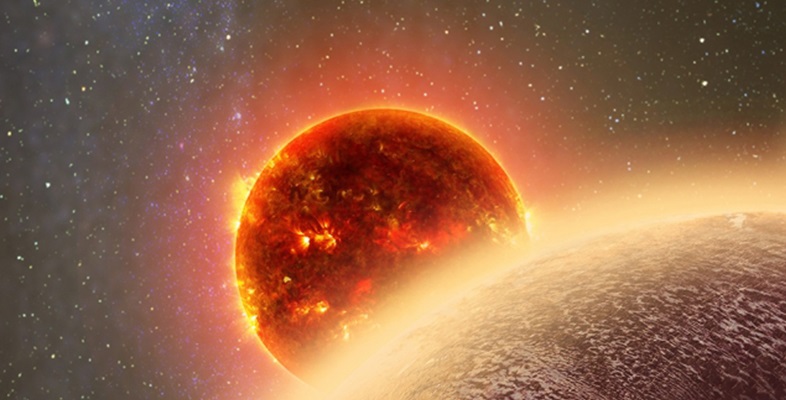Selection effects for the radial velocity method
Just as there are selection effects that influence what kinds of transiting planet we can most easily find, similar effects come into play for planets detected by the radial velocity (RV) method too.
Unfortunately, those selection effects are fairly similar to those for transits – RV surveys also favour discovering larger planets orbiting close to their parent stars. The reasons are slightly different though: we don’t care if a planet transits or not for a successful RV measurement, but more massive planets exert a stronger gravitational pull on their stars, meaning that the stars wobble more, thus producing a stronger radial velocity signal. This effect is also enhanced the closer the planet is to the star.
Small, Earth-sized planets are even more difficult to detect with RV measurements than with transit methods and, therefore, so far, most information about these planets comes from transit surveys. Unfortunately, that means it’s difficult to be sure about the typical composition of smaller exoplanets, since we know only their radii and not their masses.
